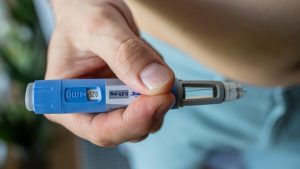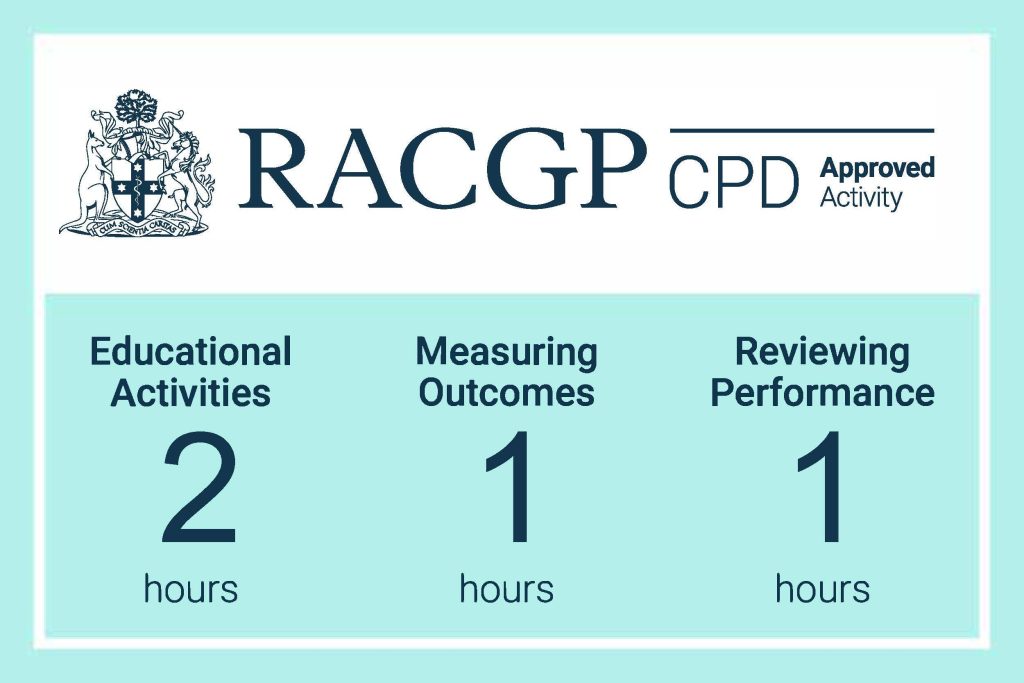Articles / These 3 factors predict a child’s chance of obesity in adolescence


writer
Senior Research Officer, Deakin University; Honorary Fellow, The University of Melbourne, Murdoch Children’s Research Institute

writer
Professor of Internal Medicine, University of Turku

writer
Paediatrician and Director of Generation Victoria (GenV), Murdoch Children’s Research Institute
0 hours
These are activities that expand general practice knowledge, skills and attitudes, related to your scope of practice.
0 hours
These are activities that require reflection on feedback about your work.
0 hours
These are activities that use your work data to ensure quality results.
These are activities that expand general practice knowledge, skills and attitudes, related to your scope of practice.
These are activities that require reflection on feedback about your work.
These are activities that use your work data to ensure quality results.
Three simple factors can predict whether a child is likely to be overweight or obese by the time they reach adolescence: the child’s body mass index (BMI), the mother’s BMI and the mother’s education level, according to our new research.
The study, published in the International Journal of Obesity, found these three factors predicted whether children of all sizes either developed weight problems or resolved them by age 14-15, with around 70% accuracy.
One in four Australian adolescents is overweight or obese. This means they’re likely to be obese in adulthood, placing them at higher risk of heart disease, diabetes, Alzheimer’s and cancer.
Combining these three factors may help clinicians target care to those most at risk of becoming obese in adolescence.

Menopausal Hormone Therapy - What Dose of Estrogen is Best?

Cardiovascular Benefits of GLP1s – New Evidence

Oral Contraceptive Pill in Teens

RSV and the Heart

writer
Senior Research Officer, Deakin University; Honorary Fellow, The University of Melbourne, Murdoch Children’s Research Institute

writer
Professor of Internal Medicine, University of Turku

writer
Paediatrician and Director of Generation Victoria (GenV), Murdoch Children’s Research Institute


Modified but kept in place
Eliminated entirely without replacement
Maintained as is
Completely replaced with an alternative system
Listen to expert interviews.
Click to open in a new tab
Browse the latest articles from Healthed.
Once you confirm you’ve read this article you can complete a Patient Case Review to earn 0.5 hours CPD in the Reviewing Performance (RP) category.
Select ‘Confirm & learn‘ when you have read this article in its entirety and you will be taken to begin your Patient Case Review.
Menopause and MHT
Multiple sclerosis vs antibody disease
Using SGLT2 to reduce cardiovascular death in T2D
Peripheral arterial disease
